The Sad Fate of Mary Todd Lincoln After Abe’s Untimely Death
Mary Todd Lincoln was perhaps the most criticized first lady in history. Her life was not without its tragedies. She lost many loved ones very early on in life. Even before she married Abraham Lincoln she knew of loss and sadness.
She was incredibly involved in Abe Lincoln’s presidency and made a name for herself in Washington D.C. that was not always positive. She was often misunderstood. The press criticized her and other big names in D.C. disliked her reputation. This is the sad story of Mary Todd Lincoln.
She suffered from depression her whole life
From the time Mary was very young she suffered from depressive episodes and migraine headaches. To cope with this she became somewhat of a shopaholic. During her time in the White House she would spend all her money away on luxurious gowns and accessories.
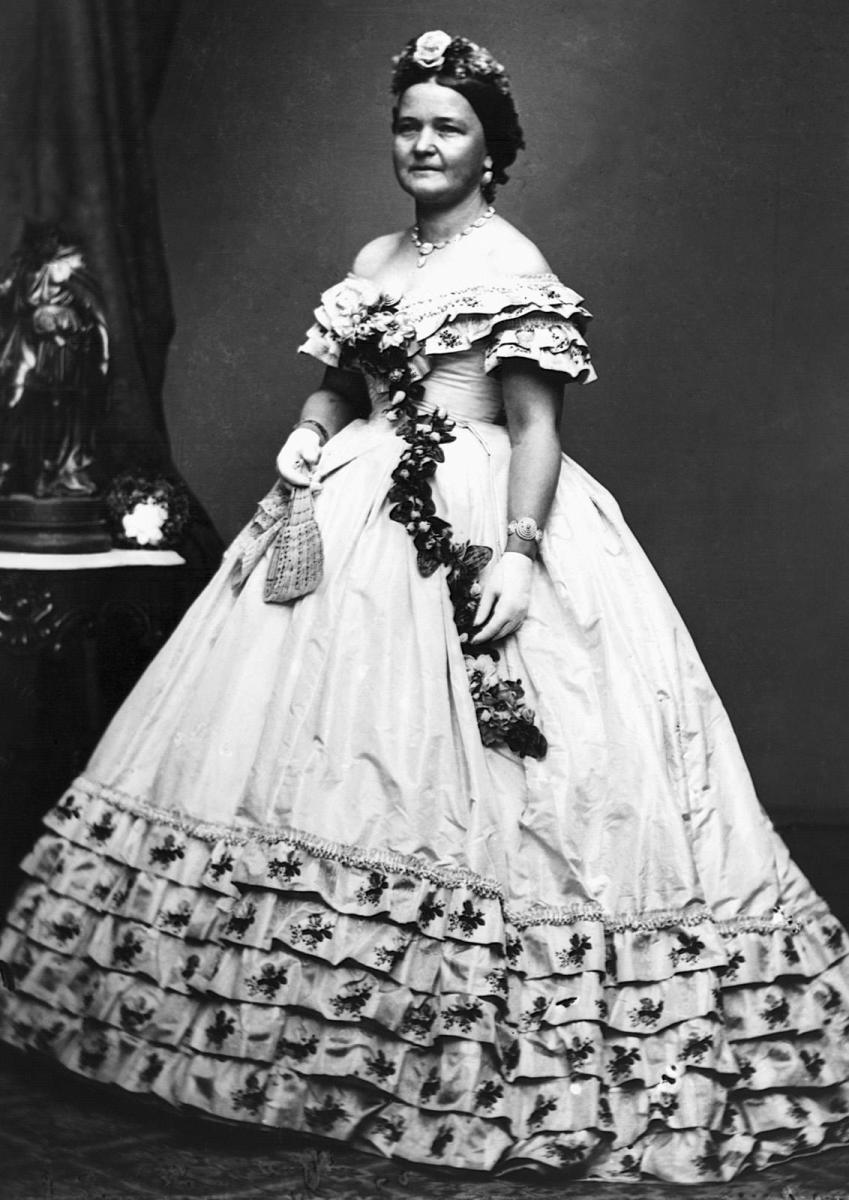
www.history.com
Medical experts who have studied her years later believe that there might have been a physical cause for her depression. But at the time, this was not the consensus regarding her condition. Many tragic events contributed to her mental health.
Early life of the former First Lady
Taking a closer look at Mary Todd Lincoln’s early life can help us gain some perspective on her later life. She was the third born daughter of her parents who lived in Lexington, Kentucky. Her father was a politician and store owner who provided for the family.
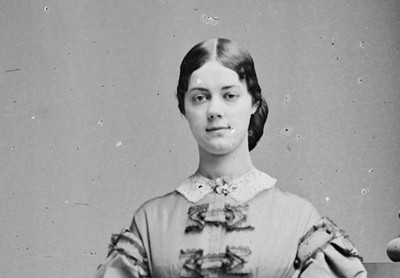
Mr. Nussabaum
He was part of the Kentucky Colonization Society and instilled his anti-slavery views on his family. He was a huge part of the reason Mary had such anti-slavery views. However, the family was contradictory in their beliefs.
They owned slaves despite their anti-slavery views
Mary Todd’s father, Robert Smith Todd, was against slave-selling and believed that slavery prevented Lexington from growing economically. The Todds had anti-slavery views and yet they owned slaves themselves. They had one slave for every member of their family.
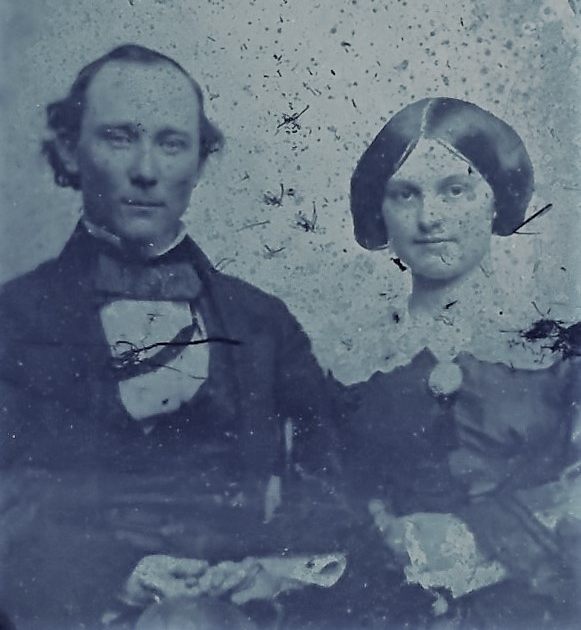
Mary Todd Lincoln House
Marry Todd celebrated when she discovered one of the family’s slaves was helping escaped slaves escape through the Ohio River. The family supported the Kentucky Colonization Society which aimed to send freed slaves to Liberia.
She experienced loss early on in life
Mary’s mother, Eliza Todd gave birth to a son after Mary. Soon after, she gave birth to another son but he only lived to be 14 months old. Unfortunately, it was not uncommon for children to die in infancy during this time. Eliza went on to have one more daughter and one more son, bringing the family to 8.
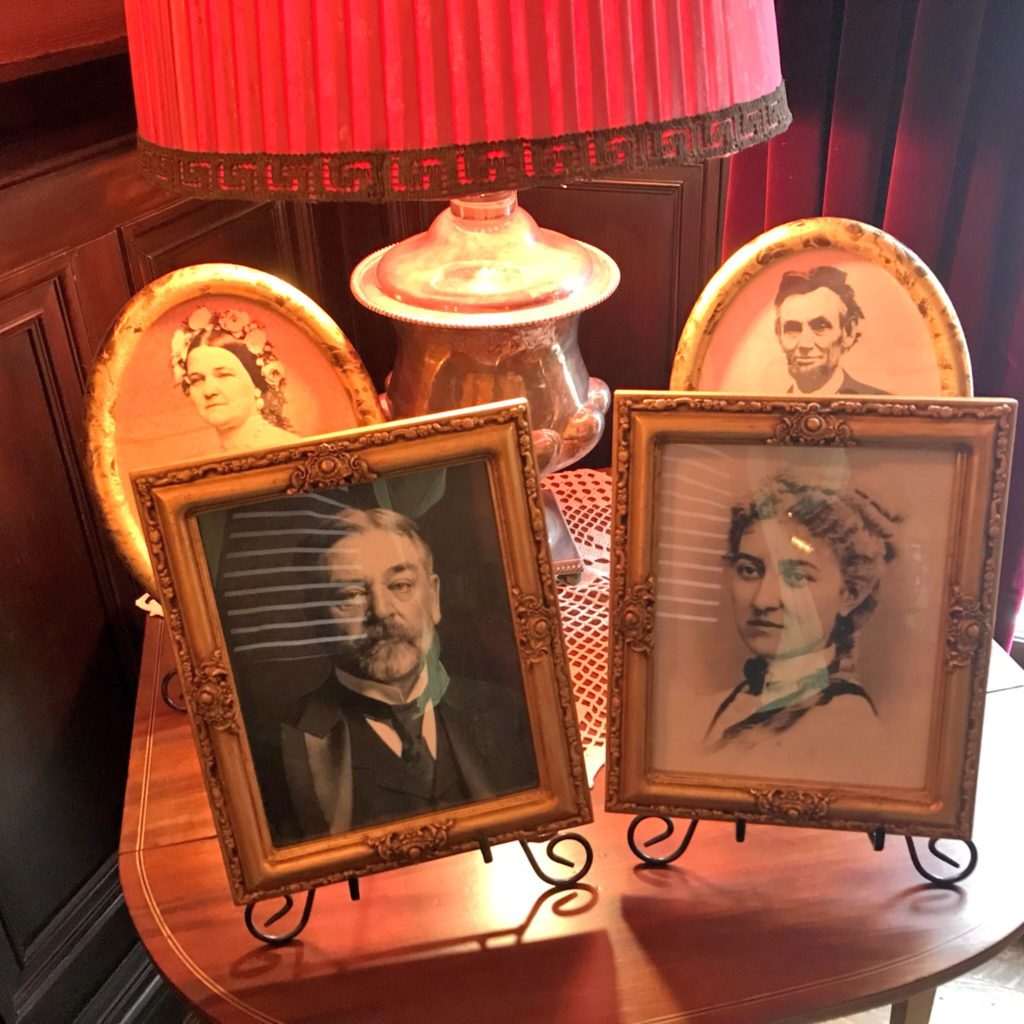
Writing New Jersey Life
The birth of their last son made Eliza very ill and she died at the young age of 31. Mary was only 6 years old at the time and was devastated at the loss of her mother. To the surprise of the Todd children, only 6 months later, Mary’s father proposed to another woman.
A tough upbringing
Robert Todd and Betsey Humphreys got married in 1826 and Mary had to adjust to the loss of her mother and the “evil stepmother” that replaced her in their home. Betsey outwardly showed her dislike for the Todd children. She was resentful that she had to care for 6 children that were not her own.
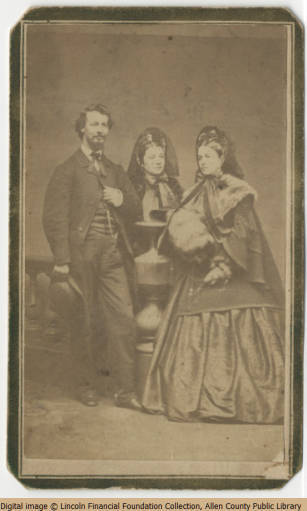
Lincoln Collection
People often witnessed the cruelty with which Betsey treated the Todd children. Mary’s eldest sister, Elizabeth, stepped into the role of “mother”. Meanwhile, Mary’s father and stepmother brought 9 more Todd children into the world!
She met the love of her life, Abraham Lincoln
She was visiting her sister Elizabeth’s home in Springfield, Illinois when Abraham Lincoln rolled into town. He was studying law with Mary’s cousin. While Mary was described as socially outgoing and intelligent, Abraham was seen as a loner and a non church-goer.
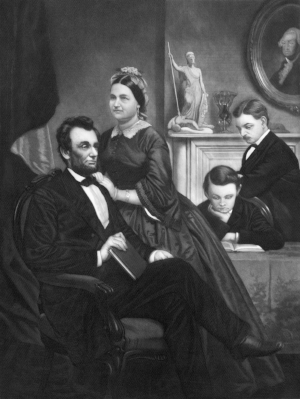
Mary Todd Lincoln House
The two met at a party and did not immediately hit it off. They danced together in what Mary described as “the worst way”. Mary was seeking a man with prospects and Lincoln feared he would not be able to give her everything she desired, but he doted on her.
Her sister did not approve of Lincoln
Her sister, Elizabeth, did not originally approve of Lincoln. She did not think he was suitable for Mary and she knew Mary would be reluctant to give up any control to a marriage. She spent 2 years trying to drive a wedge between Abe and Mary (or Molly as Abe called her).

National Portrait Gallery
In 1841 she was excited to hear that the pair split after an argument. He was late to pick Mary up for a party and she left without him and was flirting with another man there. Lincoln and Mary were completely miserable following their split.
Love (seemingly) prevailed
Mary and Lincoln rekindled their relationship when a mutual friend suggested they at least try to remain friends. Their bad habits persisted throughout their marriage. Mary would flirt with other men for attention and Lincoln would focus on work.
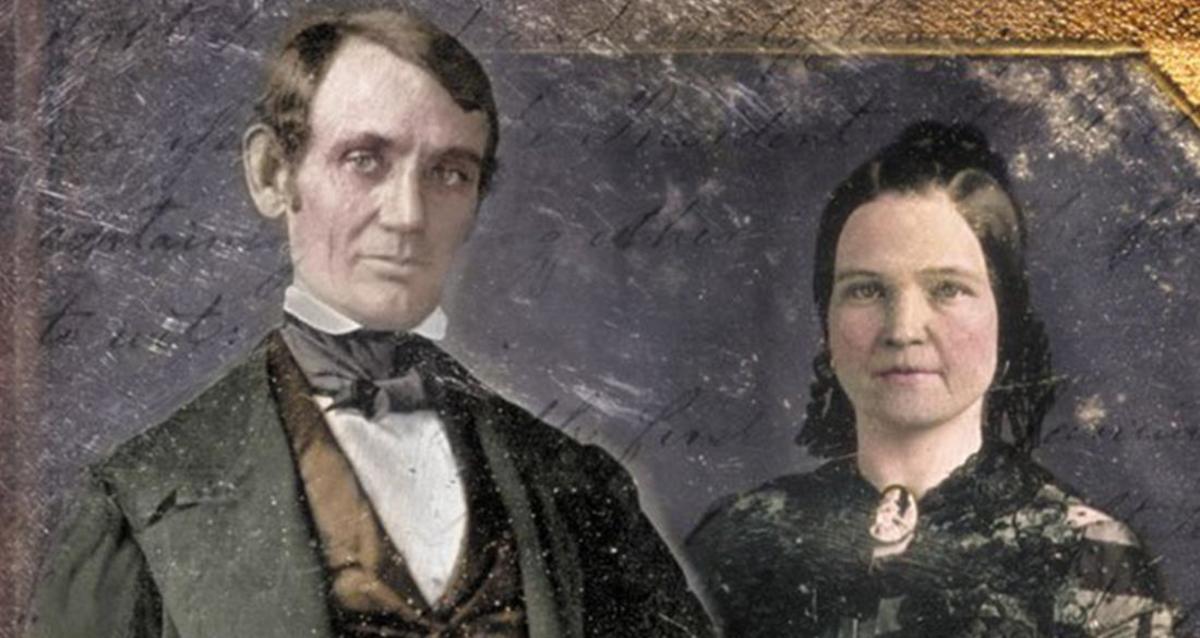
Owlcation
Many onlookers felt that the only thing the two really had in common was their political agenda. They threw a wedding together rather quickly and her father and stepmother did not even attend. 9 months after their wedding they had their first son.
Threats against the family
By the time Lincoln became president, the couple had already gained a name in politics. When the new president took the train to Washington D.C. he wanted Mary and their children to take another route due to assassination threats.
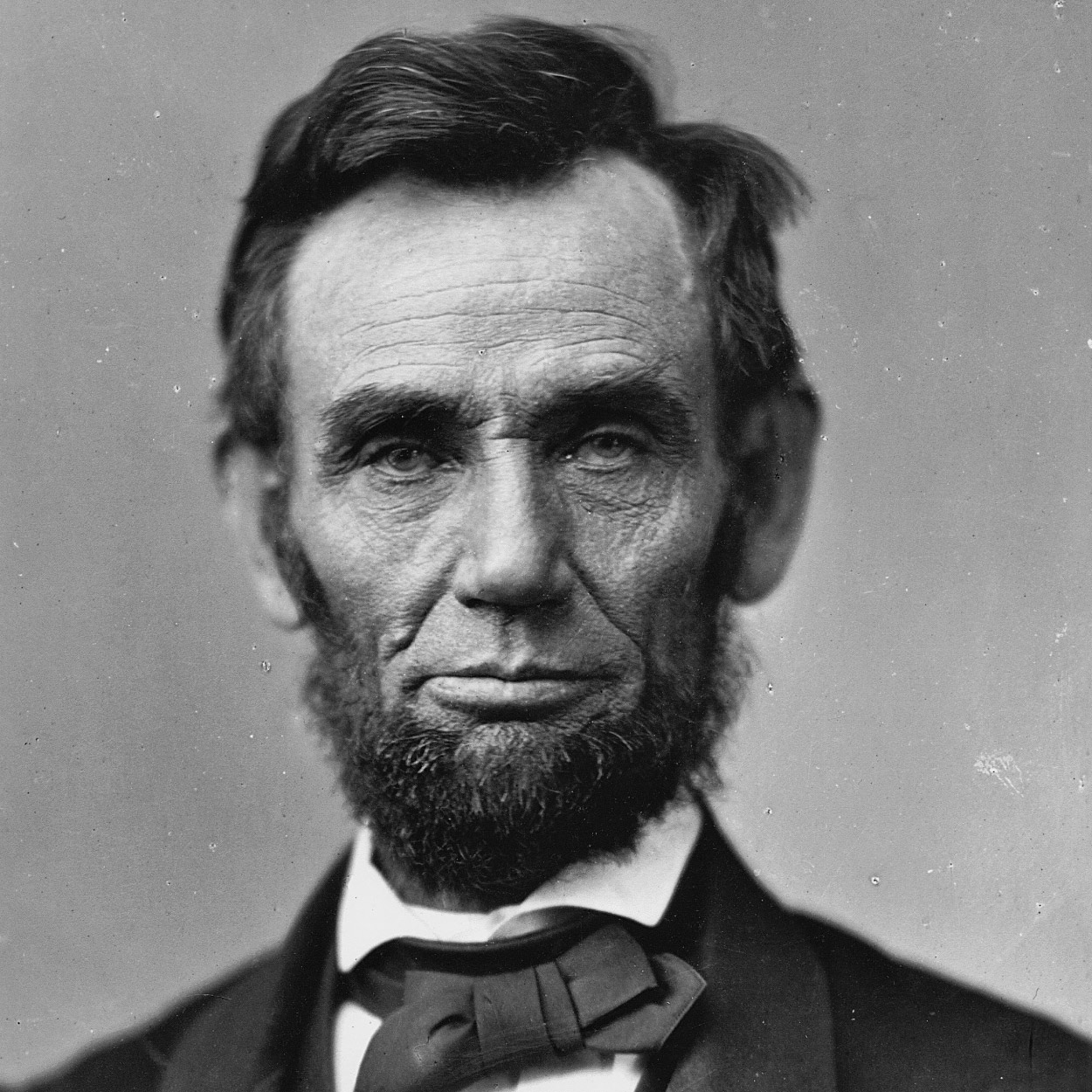
The White House
A general convinced him that this was unnecessary because an assassination attempt would be less likely with the family close by. Mary, herself, received threatening letters with skulls and crossbones drawn on them.
She was not very well-liked in the political community
She apparently had a reputation for being somewhat passive aggressive and many male politicians did not like how involved she was in the presidency. When the country realized the civil war was not going to be a quick one, she threw a lavish party which many felt was inappropriate during wartime.
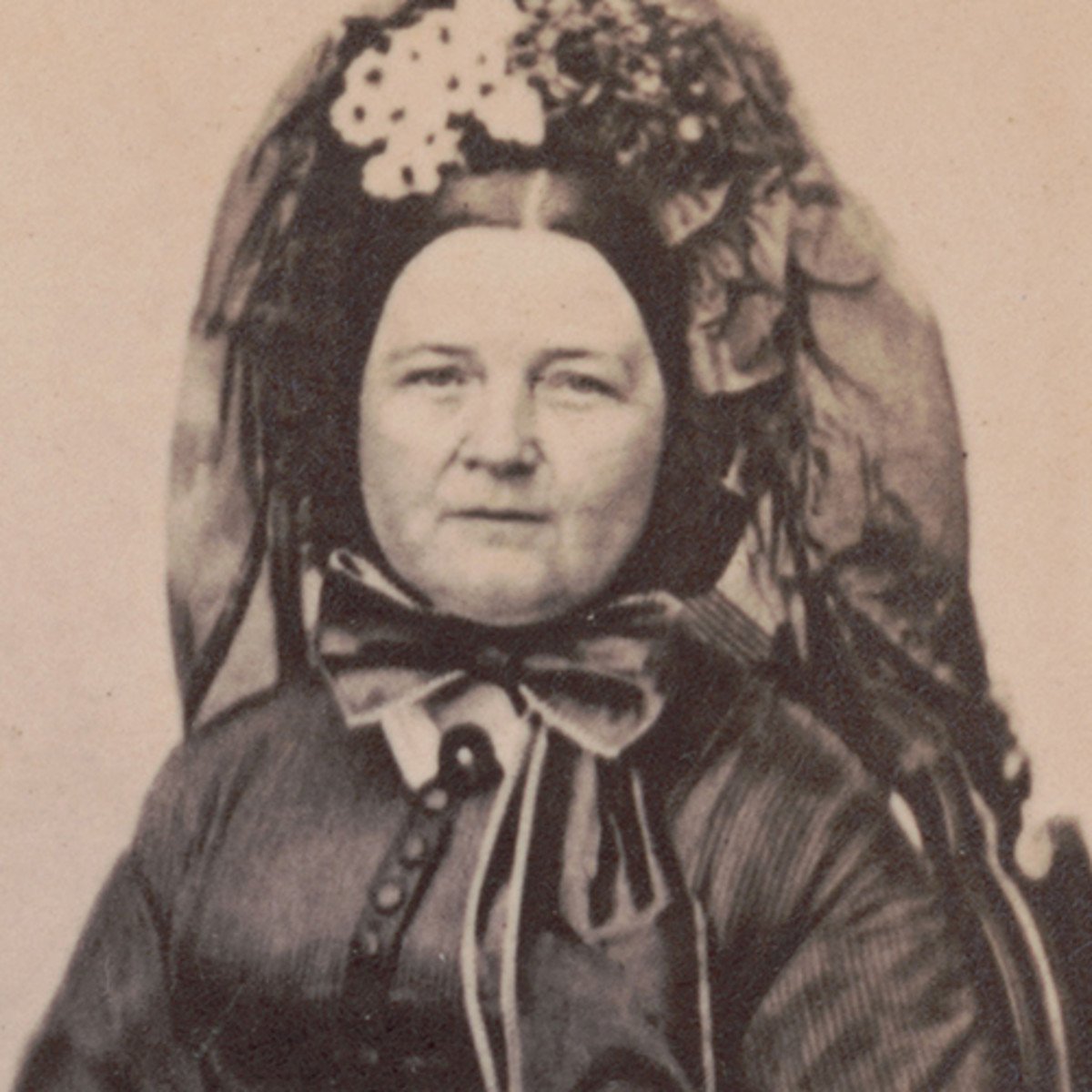
biography.com
Her depression continued to burden her and she continued to spend money to try and forget about it. In addition to new clothes and lavish parties, she completely renovated the White House as well.
She tragically lost her son
Mary’s son, Willie, tragically died at age 11 from what was most likely typhoid fever. Mary fell into a deep depression after the passing of her young son. She remained in bed for weeks after his death. Tad, her other son also became ill and she was unable to take care of him as she was grieving Willie.
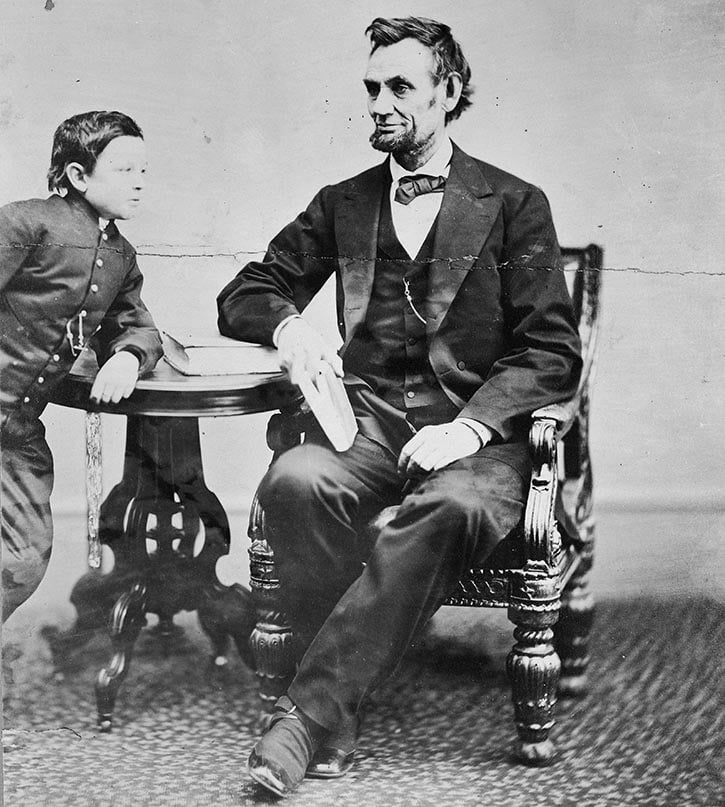
Library of Congress
Her grief manifested in insomnia and horrible nightmares. Abe, on the other hand, would lock himself in Willie’s room every Thursday. Mary could not stand the sight of her son’s things so she shipped them out of the house. She was never quite the same after Willie died.
Mary and Abe began to drift apart
The death of their son drew an even larger wedge between the married couple. Mary noticed that Abe was more and more withdrawn. He was depressed and tired from investing so much in the war efforts that fought to end slavery.
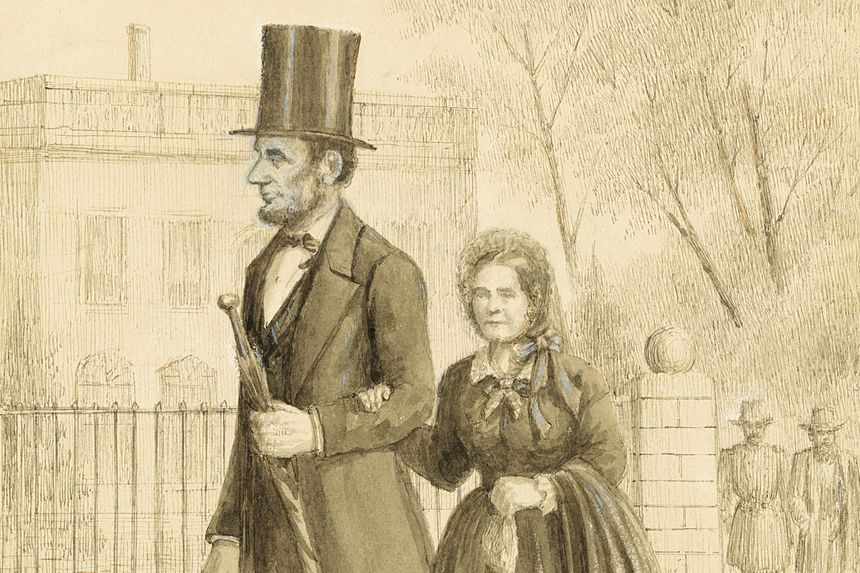
allencbrowne.blogspot.ca
She began to host more of his male friends at the White House to inspire jealousy in her husband. The press constantly commented on her inappropriate relationships and she grew more unfavorable in the public eye.
Lincoln was taken too soon
On April 14, 1865, President Lincoln and Mary Todd Lincoln attended the Ford’s Theater for an evening together to rekindle their romance. An hour and a half into the performance President Lincoln was shot in the back of the head by John Wilkes Booth.
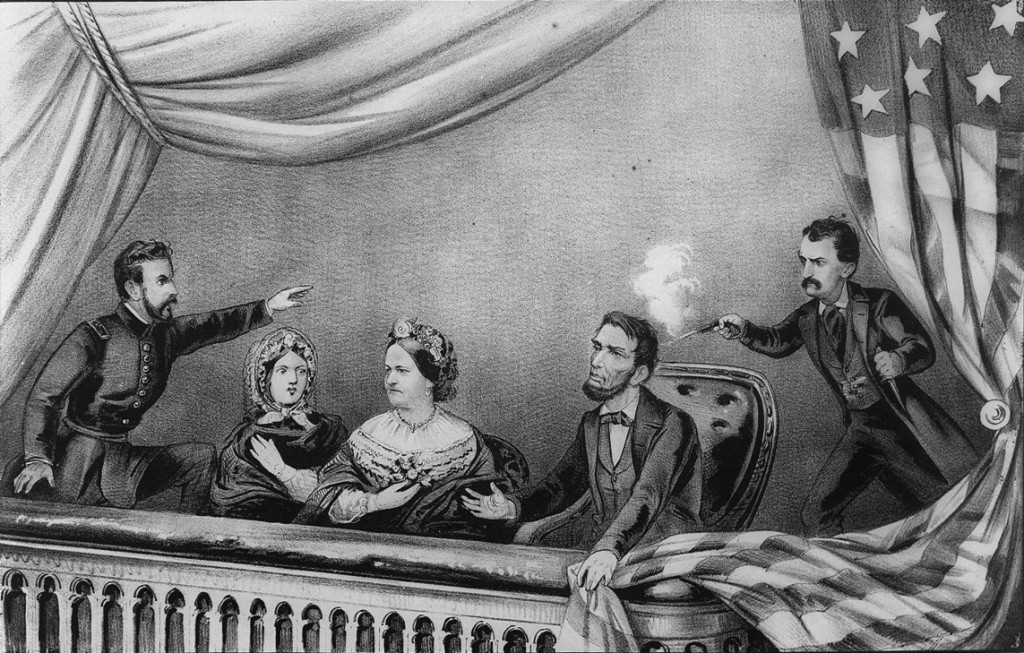
PBS
Mary was hysterical and her screams of grief were heard all throughout the theater. She was removed from her husband’s side and kept in a separate room while doctors tried to save Abe Lincoln’s life. She was bedridden for 40 days following his death and refused any visitors that tried to visit and comfort her.
The next president was not sympathetic to Mary’s grief
Andrew Johnson was to assume the role as president following Lincoln’s assasination. He did not visit her, write a note, or offer any condolences. This angered Mary and so she took as much time to move out of the White House as she could in defiance.
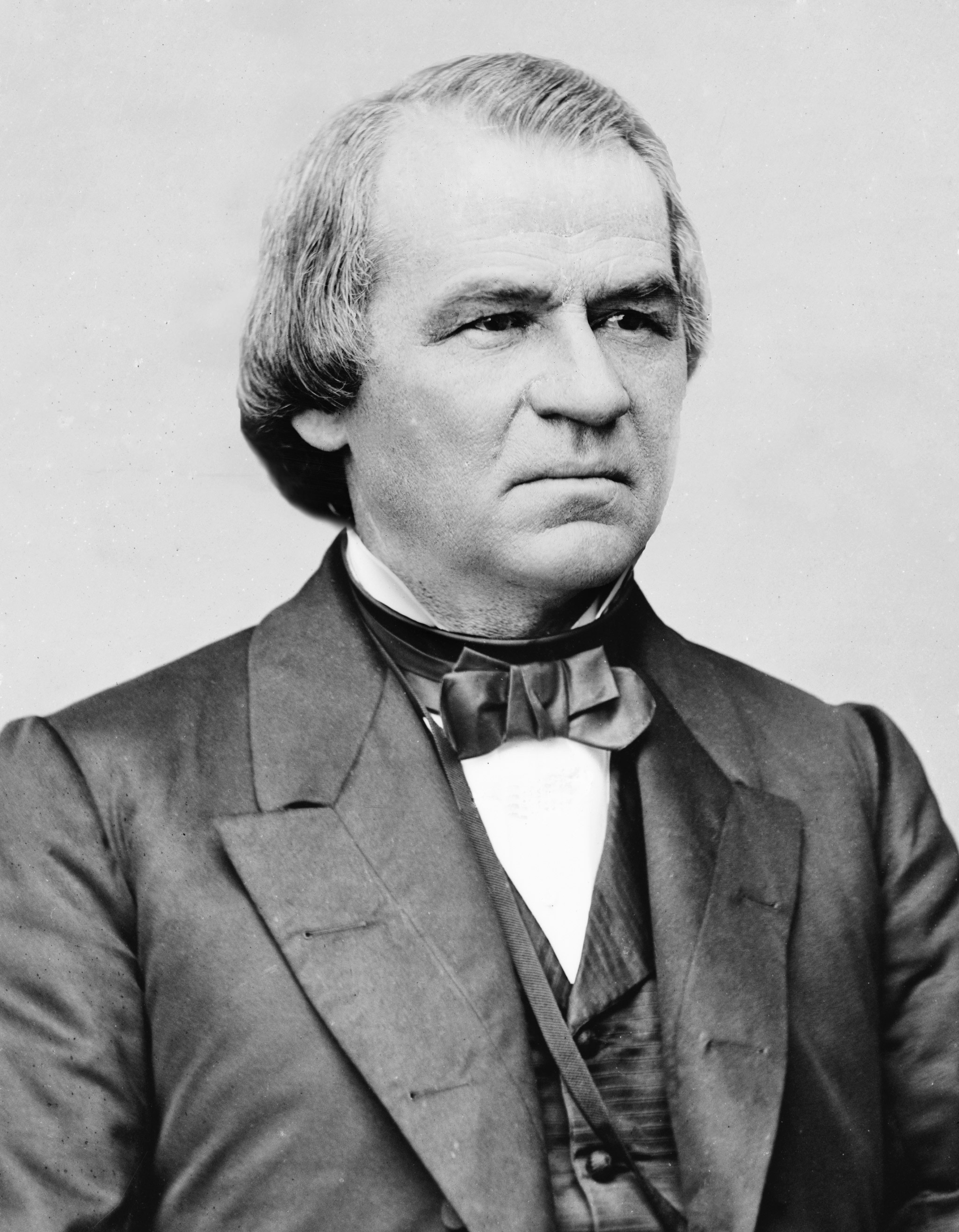
Boulder Weekly
Dragging her feet to leave the White House made the public mock her. She had also accumulated a lot of debt from her lavish lifestyle and she worked to keep that fact hidden to preserve what was left of her reputation in D.C.
